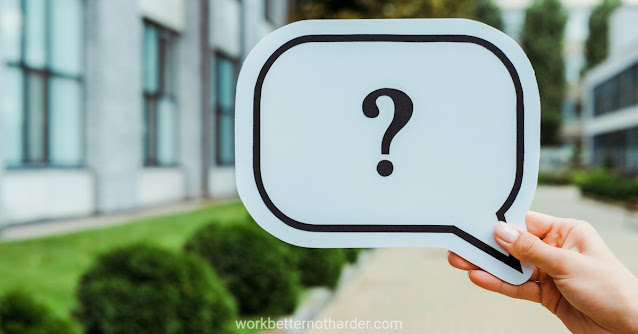Does your Content Strategy Match your Small Business?
You sell services or you sell products, or you sell both. Whatever your product mix, a component of your small business content strategy needs to be informing potential customers about those products and services.
Make sure your promotional messages fit with, and flow from, your informational content. It’s a balancing act. We’re all familiar with the feeling of being blasted with too many repetitive sales offers (not good for us). At the other end of this spectrum is creating great information but having no call to action (not good for you).
Direct promotion
- This includes things like advertising and special offers. A banner ad is pretty direct. A BUY NOW button is also pretty direct.
- This is where you work your promotional messages into your informational content, writing articles that naturally lead into a call to action. Success stories are an example of this; at the end you can say something like, “If you want to feel like this, get in touch.” A ‘How to Start’ article is another example; you can add, “If you don’t want to go through all of this, call us and we’ll do it for you.”
For a retail store whose strategy includes sales discounts and special offers, perhaps the ratio will be 80% direct and 20% indirect promotion. For a consultant, it might be the exact opposite.
You’ll also have a different ratio for all of the platforms where you are publishing content. For example, on your blog or in your newsletter many of the articles might contain indirect promotion (or none), and the sidebar may contain an ad for your latest book. On Twitter, experts recommend only 10% promotional content, and on LinkedIn there are other conventions.
Why is this important? If you don’t manage it well…
- Your target market will think you’re too ‘salesy’ and be turned off (too much promotional content) OR
- Your target market will not act because you’re not telling them to (not enough promotional content)











Comments
Post a Comment